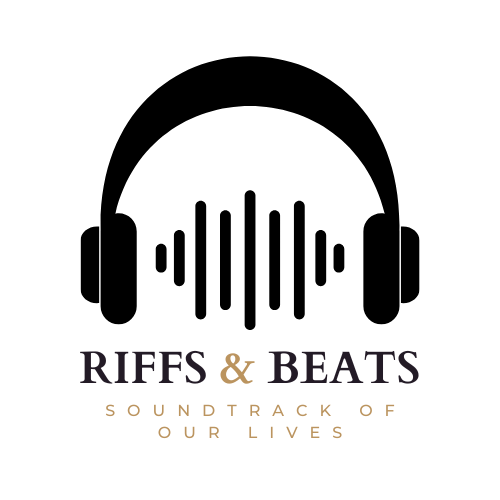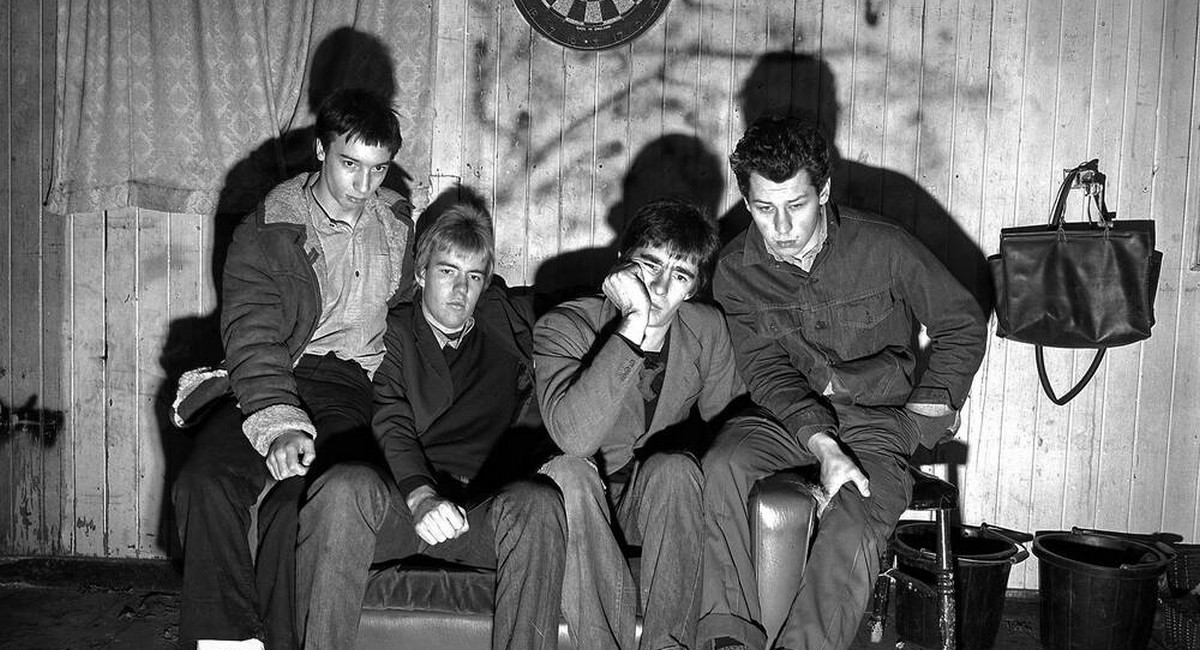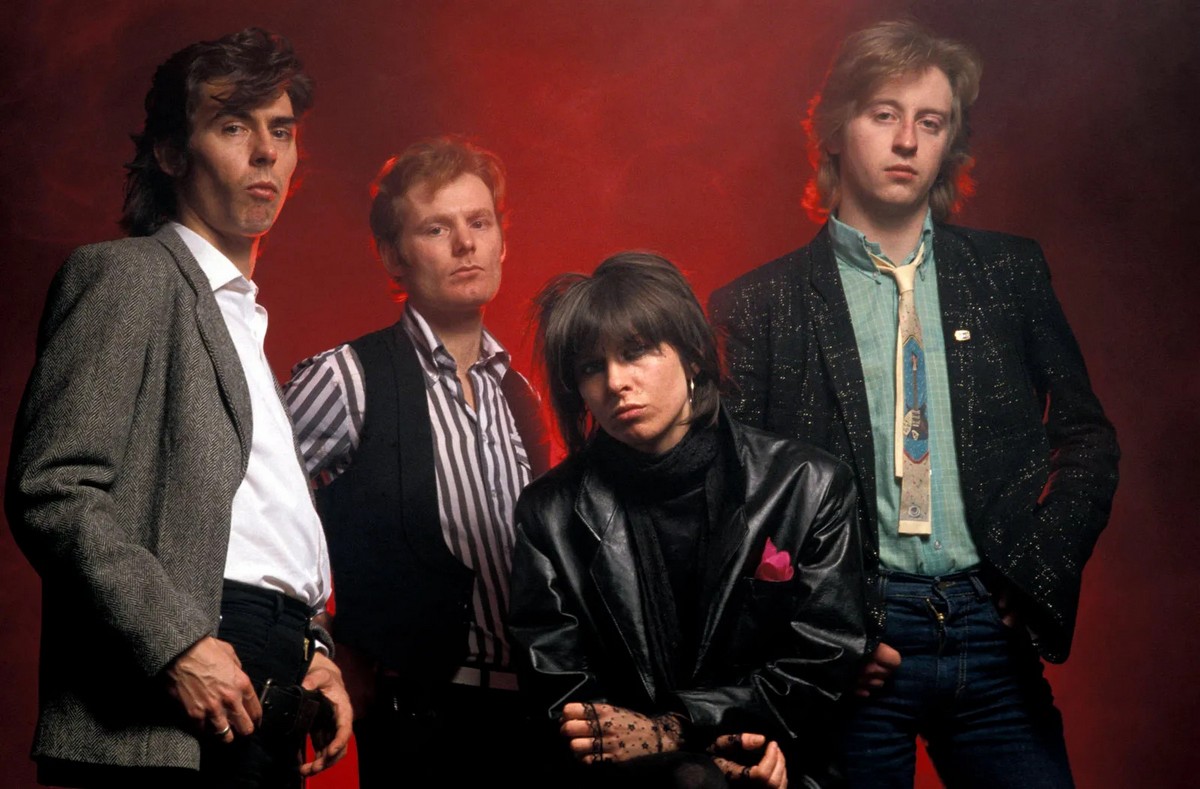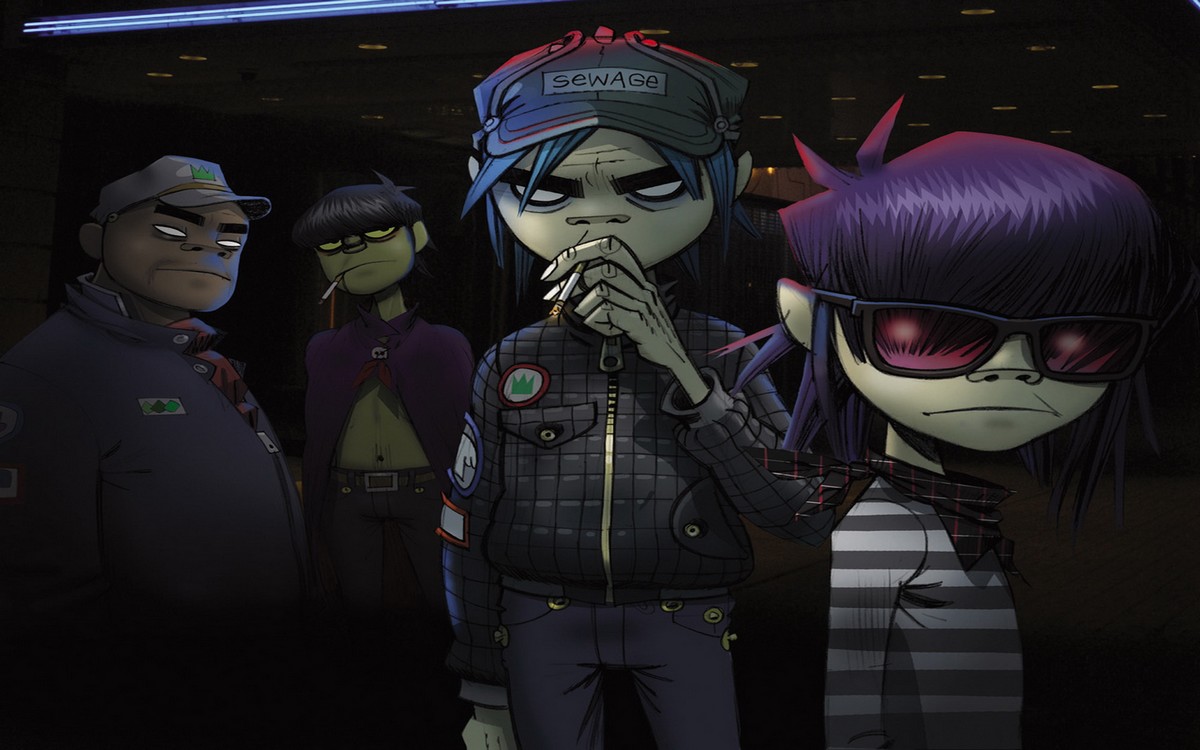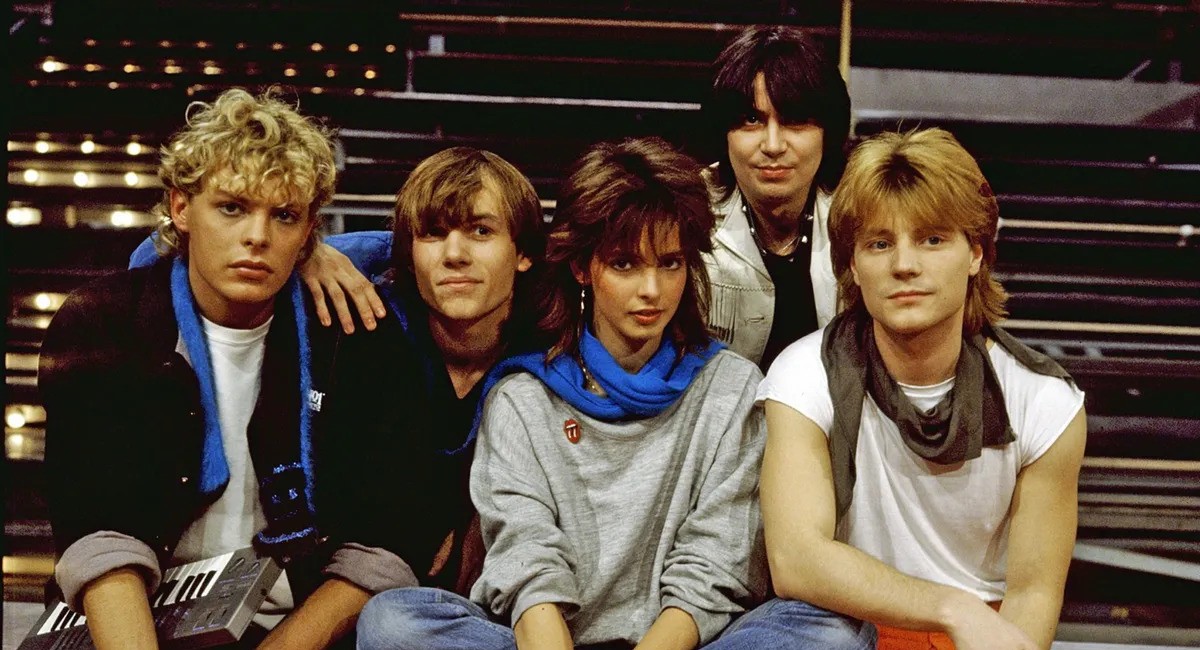Generation X’s last stand
When Generation X unleashed Dancing With Myself in 1980, they didn’t just drop a song, they hurled a Molotov cocktail of punk energy, pop swagger, and raw individuality into the fading embers of the ’70s. Fronted by the snarling charisma of Billy Idol, this track is a three-minute burst of rebellion wrapped in a melody so infectious it could make a statue pogo. Let’s peel back the layers of this punk-pop gem and see why it still burns bright, a beacon of its time and a timeless call to arms.
The song’s origin story is pure punk serendipity. Born from the ashes of Generation X’s earlier incarnation, Dancing With Myself was initially released in 1980 as a single by the band before Billy Idol retooled it for his solo career in 1981. Legend has it the band, fraying at the edges after relentless touring and creative clashes, poured their frustrations into this track during sessions at AIR Studios in London. You can hear it in the razor-sharp guitar riffs from Bob “Derwood” Andrews and the relentless drive of Tony James’ bass. Each note feels like a middle finger to conformity.
What makes this song so damn good? It’s the alchemy of grit and gloss. The opening riff hits like a switchblade, slicing through the haze of post-punk gloom with a melody that’s equal parts danger and danceability. Idol’s vocals, alf-sneer, half-croon, carry a defiant loneliness that resonates with anyone who’s ever felt like the odd one out. The lyrics, with their unapologetic celebration of self-reliance (“If I looked all over the world / And there’s every type of girl / But your empty eyes seem to pass me by”), turn solitude into a fist-pumping act of rebellion. Add in Mark Laff’s thunderous drums, and you’ve got a track that’s as much a call to the dancefloor as it is a manifesto for the misfits.
With his bleached blond hair and punk-rock pedigree, Billy Idol emerged as one of the most distinctive figures of the post-punk era, fronting Generation X and delivering anthems like ‘Dancing With Myself’ that captured the restless energy of a new generation.
Record Mirror, 1981
In the context of its era, Dancing With Myself was a pivot point. The late ’70s and early ’80s were a battleground of musical ideologies. Punk’s raw fury was giving way to new wave’s polished hooks, and disco’s hedonism was on its last legs. Generation X, with their leather-clad swagger and pop sensibilities, bridged these worlds. The song’s infectious energy captured the zeitgeist of a generation caught between punk’s DIY ethos and the MTV-driven pop explosion on the horizon. It was a track that could blast from a grimy London club or a glossy New York studio, embodying the transition from underground rebellion to mainstream cool. Its re-release under Billy Idol’s name, complete with a slicker production, cemented its place as a proto-anthem for the ’80s, a decade that would embrace individuality with neon-soaked bravado.
The song’s cultural footprint is undeniable. It soundtracked a shift toward self-empowerment in pop culture, paving the way for the larger-than-life personas of the MTV era. You can trace its DNA in everything from The Clash’s pop-leaning experiments to the synth-driven anthems of the New Romantics. Hell, watch Billy Idol’s fist-pumping performance in the 1981 music video, spiked hair, leather gloves, and that devil-may-care grin, and you see the blueprint for every rock star who ever strutted across a stage. Generation X may have burned out fast, splintering after internal tensions (rumor has it Derwood and Laff were fed up with Idol’s growing spotlight), but Dancing With Myself endures as their crowning glory.
This is a song that doesn’t just invite you to dance. It demands you own the floor, alone or not. It’s the sound of a band on the edge, a frontman finding his voice, and a moment in time when punk’s snarl met pop’s shine. Crank it up, and dance like nobody’s watching.
